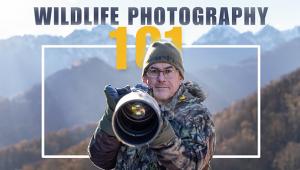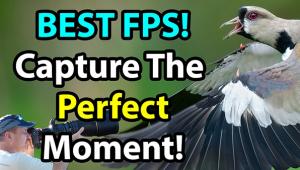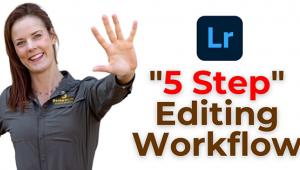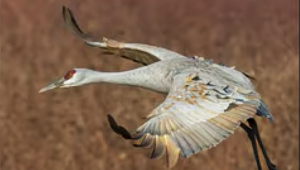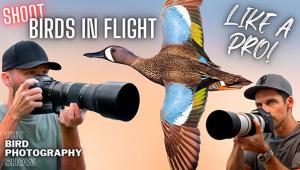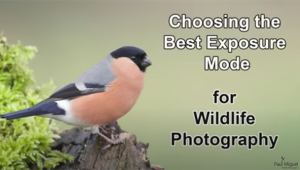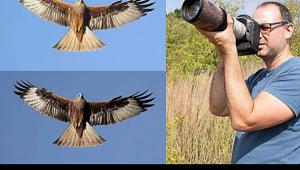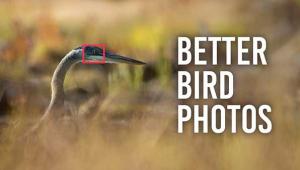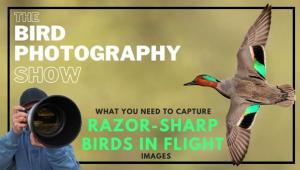Foolproof Wildlife Photography Tips From a Top Pro (VIDEO)

There's no better way to learn than listening to a top pro explain the secrets to his success, and that's what you'll find in the following tutorial from acclaimed South African wildlife photographer Mark Dumbleton. His popular YouTube channel has the simple goal of helping other shooters capture better images in the field and make them look amazing.
This six-minute episode is the result of conversations between Dumbleton and several other professional wildlife photographers. He kicks off the tutorial like this: "I've spoken to many pro photographers about how they set up their cameras, and they all say the same thing, and in this video I'll show you the camera mode they all use and explain why."
Dumbleton also discusses important metering techniques you should use for getting the light right under a variety of conditions, along with several other wildlife shooting methods that contribute to great imagery. And keep this in mind: You needn't go on safari to in search of exotic game, because everything you'll learn will prove valuable for capturing photos of birds and other more common animals at a local park, game reserve, or even in your own backyard.

The lesson begins with a quick discussion of key exposure setting as they pertain to this genre of photography. One common denominator among Dumbleton and his experienced colleagues is this: "We need to react swiftly to situations and minimize the need to adjust camera settings on the fly."
This is one reason that Dumbleton often prefers Aperture Priority mode, along with the fact that f/stop control is "crucial for achieving desired background rendering and precise subject focus." And he provides examples of the significant difference this makes in the look of every image you shoot. Bottom line, wide apertures blur backgrounds while narrow apertures increase depth of field.
Shutter speed, on the other hand, is "crucial for freezing action or intentionally blurring action" for creating unique effects. That's why different subjects require different shutter speeds depending upon how fast they're moving (or if you're dealing with a static scene in which an animal is at rest). Once again, Dumbleton provides some impressive examples of what you can expect when shooting at both long and short shutter speeds.

The foregoing is just a small taste of what you'll learn in this quick and important lesson. After discussing all the technicalities of using the right gear and properly configuring the camera, Dumbleton concludes the video with some very helpful personal shooting techniques.
His instructional YouTube channel offers an abundance of solid information for wildlife photographers of all skill levels, so be sure to take a look.
And don't miss the related tutorial we featured from another top expert, with several solid tips for processing wildlife photographs so they look as good as possible.
- Log in or register to post comments




